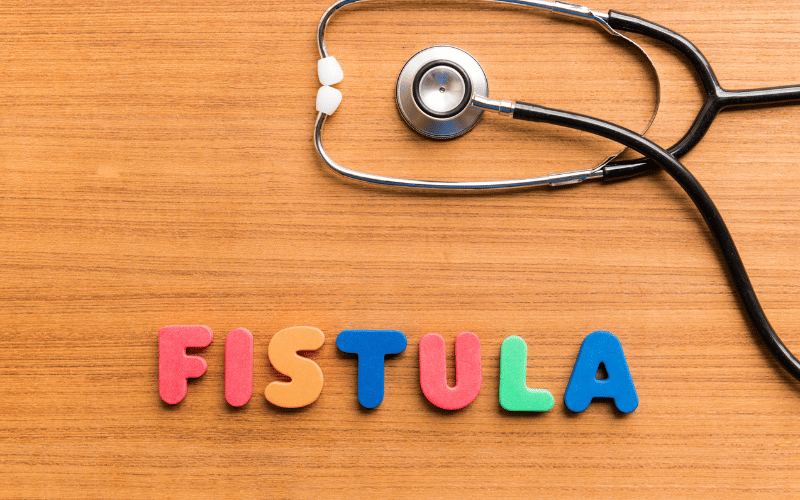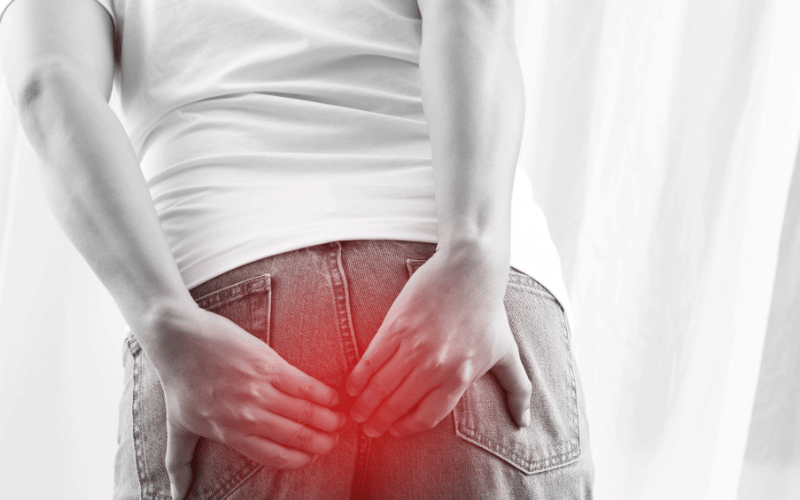Introduction: Spotting Anal Fistula – A Symptom-Based Approach
Our body is an intricate machine, constantly sending us signals about its health and well-being. Often, these messages are subtle, easy to miss amidst the hustle and bustle of daily life. However, certain symptoms stand out, demanding our attention. One such condition that manifests with distinctive signs is an anal fistula. At first glance, it might be a term that you’re unfamiliar with, but its implications on health can’t be understated.

An anal fistula, in its most basic definition, is an abnormal connection between the inner lining of the anus and the skin surface near it. This may sound simple, but it can lead to discomfort, embarrassment, and potentially severe complications if left untreated. The reasons for its development vary, ranging from previous surgery to chronic conditions like Crohn’s disease. But whatever the cause, the symptoms remain relatively consistent, acting as crucial indicators of the condition.
Understanding these symptoms can be the difference between early intervention and prolonged suffering. As with many health issues, early detection is vital. It not only helps manage the condition better but also provides more effective treatment options. In this article, we’ll delve deep into the top 10 symptoms of anal fistula, ensuring you’re equipped with the knowledge to recognize them and act promptly.
While the topic might seem intimidating, knowledge is power. By the end of this guide, you’ll be well-versed in spotting the early signs and understanding the importance of timely medical intervention. So, let’s embark on this educational journey and shed light on a topic that often remains in the shadows. Knowledge, after all, is the first step to a healthier tomorrow.
1. Pain and Discomfort: Navigating the Nuances of Anal Fistula Distress

The sensation of pain is a complex interplay of neural pathways and physical triggers. When someone experiences pain related to an anal fistula, it often differs from everyday aches. This pain isn’t just a minor discomfort. It’s persistent, and its intensity can range from mild to severely debilitating.
It’s noteworthy how this pain tends to intensify during bowel movements. It isn’t the mere passing of stool that causes distress but the interaction of the fecal matter with the fistula. This interaction induces inflammation and can lead to a burning sensation. Some individuals describe it akin to a sharp, stinging pain, much like a cut being exposed to a salty or acidic substance.
The location of the pain provides another layer to its characterization. It isn’t widespread but localized around the anus and lower rectum. The specificity of its location offers a clue into its origin. Those unfamiliar with the condition might attribute the discomfort to other factors like spicy food or minor hemorrhoids, but the persistence and nature of the pain point towards something more severe.
Understanding this pain isn’t just about recognizing its presence but appreciating its impact on daily life. For many, it’s not just a physical challenge but an emotional one. The constant discomfort can affect mood, sleep patterns, and even social interactions. But, even in its adversity, recognizing this pain can be the first step towards understanding the presence of an anal fistula. (1)